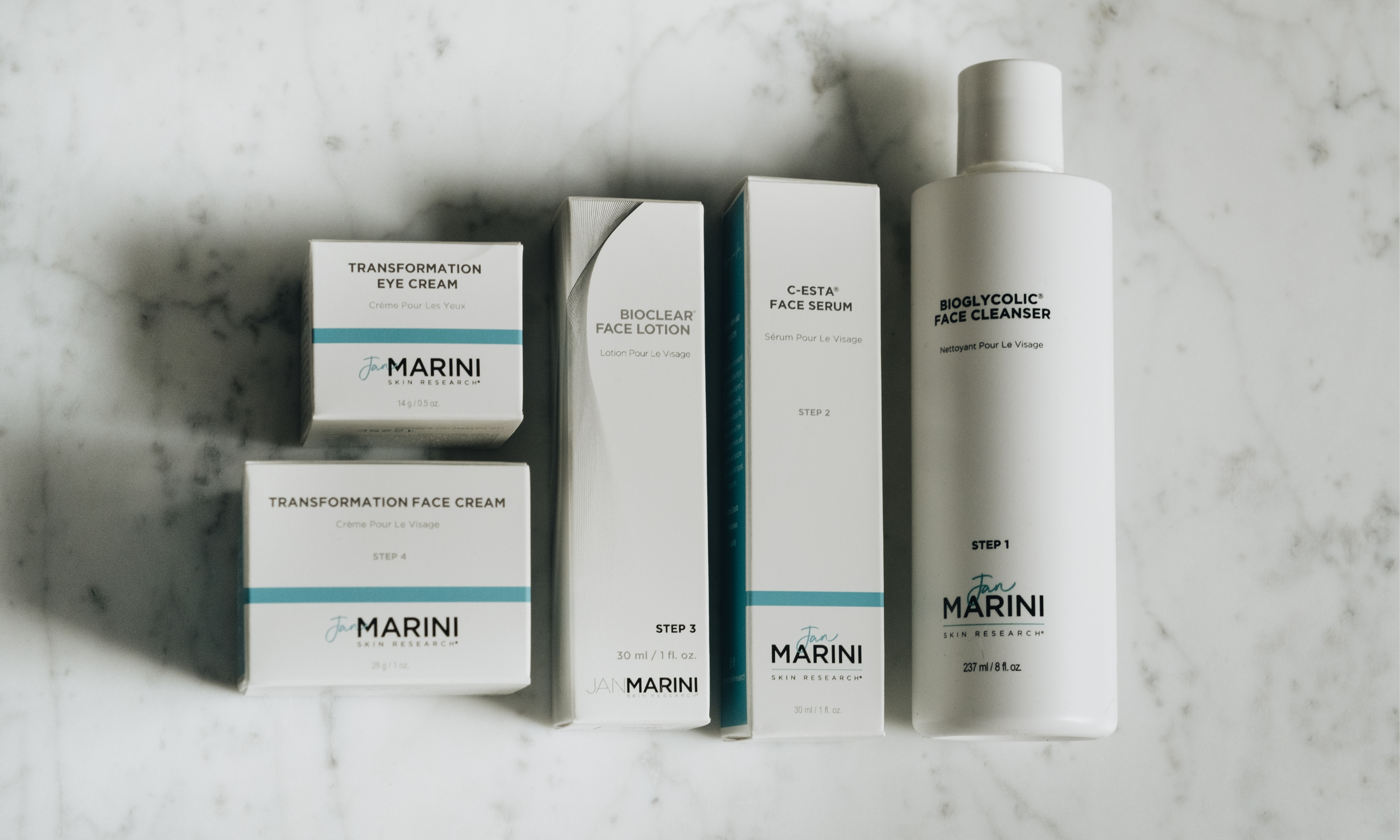
Taking The Mystery Out Of Ingredients With Jan Marini
Recently on the SKNKRE Podcast, we had an amazing chat with one of the most respected names in professional skin care: the lovely Jan Marini, founder of Jan Marini Skin Research, Inc.
We sat down to discuss and break down the mystery, the hype, as well as the inaccuracies of certain ingredients: a topic that is endlessly fascinating and important since having knowledge about these ingredients helps us make better-informed decisions about our own skincare.
Read on below to see what skincare guru Jan Marini had to say about some of today’s most hot-topic ingredients!
GLYCOLIC ACID
Glycolic acid is a multitasker. It is actually the smallest alpha hydroxy acid (AHA), which means it is the molecule that is best absorbed into our follicles. What many people don’t know, is that glycolic acid stimulates the substances between our cells and normalizes the epidermis. This helps to stimulate collagen and to help hydrate and smooth the surface of the skin. In turn, this is also very helpful in breaking down the acne processes.
SALICYLIC ACID
Once this BHA gets into the follicle, it helps break down the comedones (which cause acne). However, what people don’t know: they don’t do anything about the rebuilding of the skin. Hence, they are best when paired with another resurfacing treatment (such as glycolic acid).
MANDELIC ACID
Derived from bitter almonds, Mandelic acid is also an AHA. However, it is a bigger molecule than glycolic so it works on the skin’s surface level. It usually isn’t as effective or recommended for concerns like acne, unlike glycolic acid would be.
LACTIC ACID
Lactic acid’s molecule is twice the size of glycolic acid, which means it is not the best option for treating acne or as facial treatments. Since it works solely on the epidermis level, it makes a great addition to body moisturizers.
NIACINAMIDE
Niacinamide is actually Vitamin B3 and is found in many formulas. It helps the outer layer of skin to function better, which means it’s alleged to help the appearance of fine lines and wrinkles. It acts as an anti-inflammatory agent, which means it’s mostly a supporting player to most acne and wrinkle treatments.
VITAMIN C
Ascorbic acid, the most common form of Vitamin C, is actually completely unstable–which means it oxidates. It also makes other ingredients unstable, which means it should not be paired with treatments like retinol (as it makes it less effective!). It also needs to be a pH of 2.5 or less to be effective. Hence, why the packaging, use, and storage of Vitamin C products should be taken seriously and into consideration.
DMAE (or dimethyl MEA, a derivative of the B vitamin choline)
This is a bit of a controversial skincare ingredient because research has shown conflicting results. It seems to offer an initial benefit that improves skin firmness as it deposits a filler-like molecule on the skin–it can help give a lifting appearance high up on the cheekbones, the jaw, etc. However, these results are short-lived and eventually give way to the destruction of the substances in the skin that help keep it firm. DMAE has, however, shown anti-inflammatory and skin-calming effects.
GROWTH FACTORS
These proteins are very large and fall under the polypeptide umbrella. They bind to cells with the purpose of cellular proliferation (increase) and differentiation (division). They help boost the skin into action when it comes to producing collagen, for example.
PEPTIDES
These chains of amino acids contain anywhere from 2 to 50 amino acids. The skin “sees” peptides as a signal (or as Jan puts it, as a key that unlocks a function). For example, anti-inflammatory peptides will downregulate inflammation and antiaging peptides will trick the skin into repairing itself, hence revealing younger-looking skin.
If you’re interested in learning more about these ingredients (and more!), make sure to check out our episode with Jan on the SKNKRE Spotify.
Until next time, take care of the skin you are in!
The BSE Team

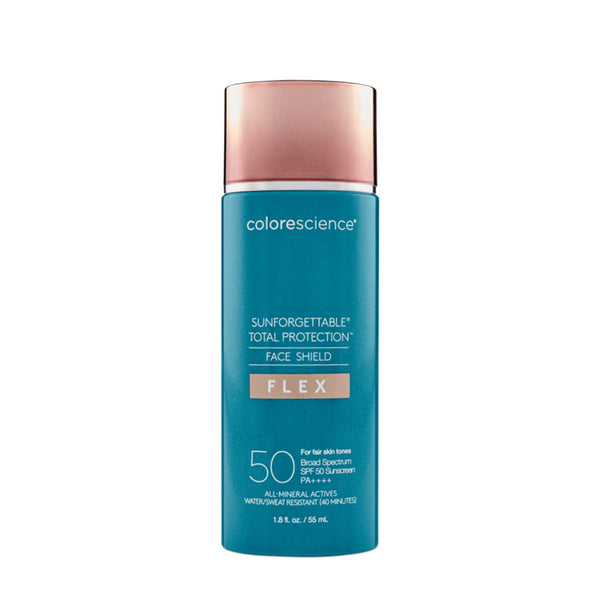
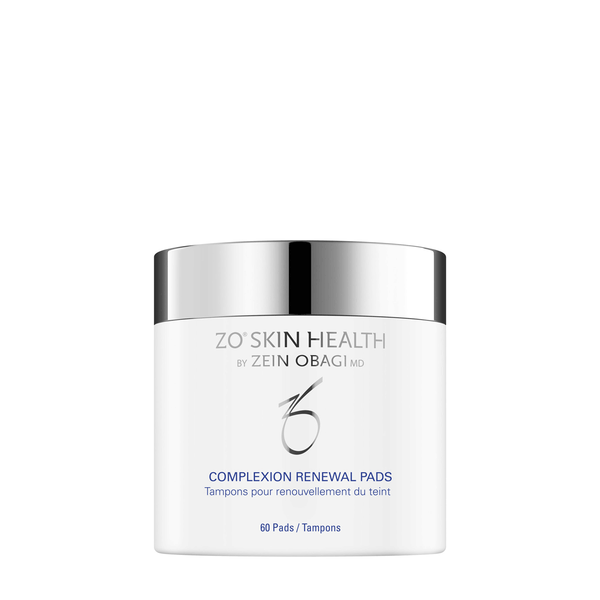
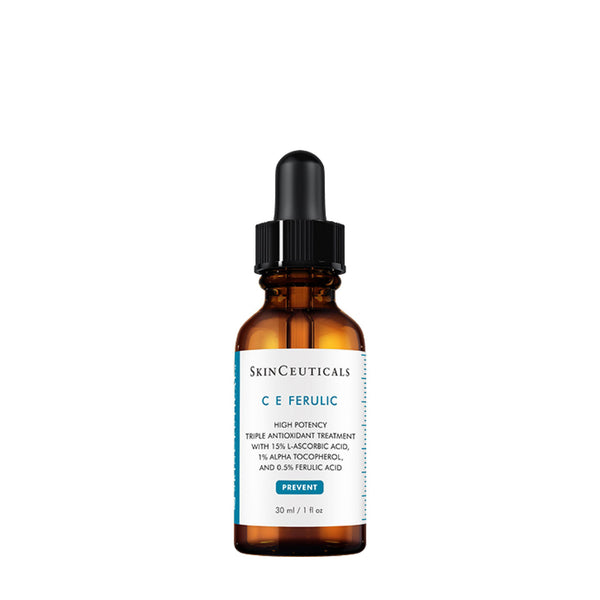
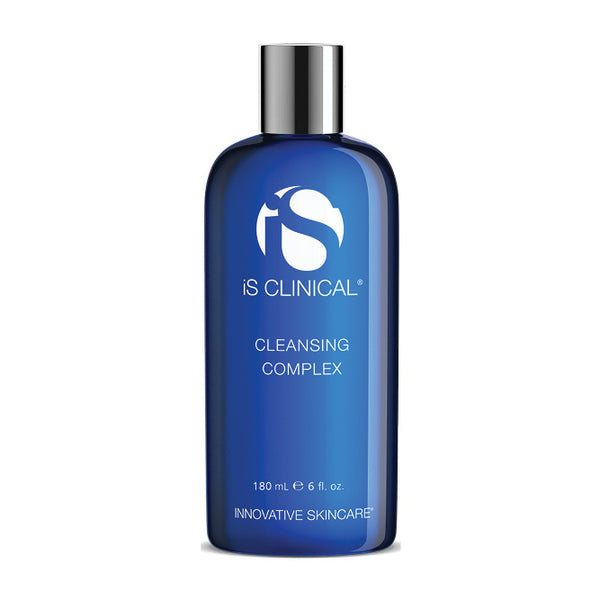
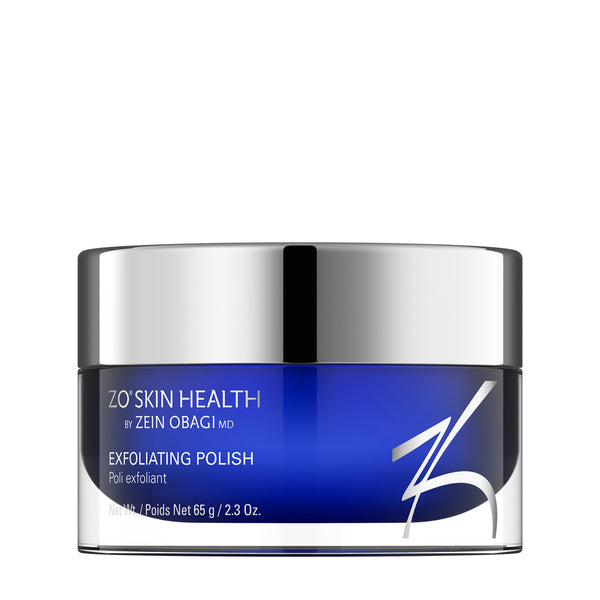

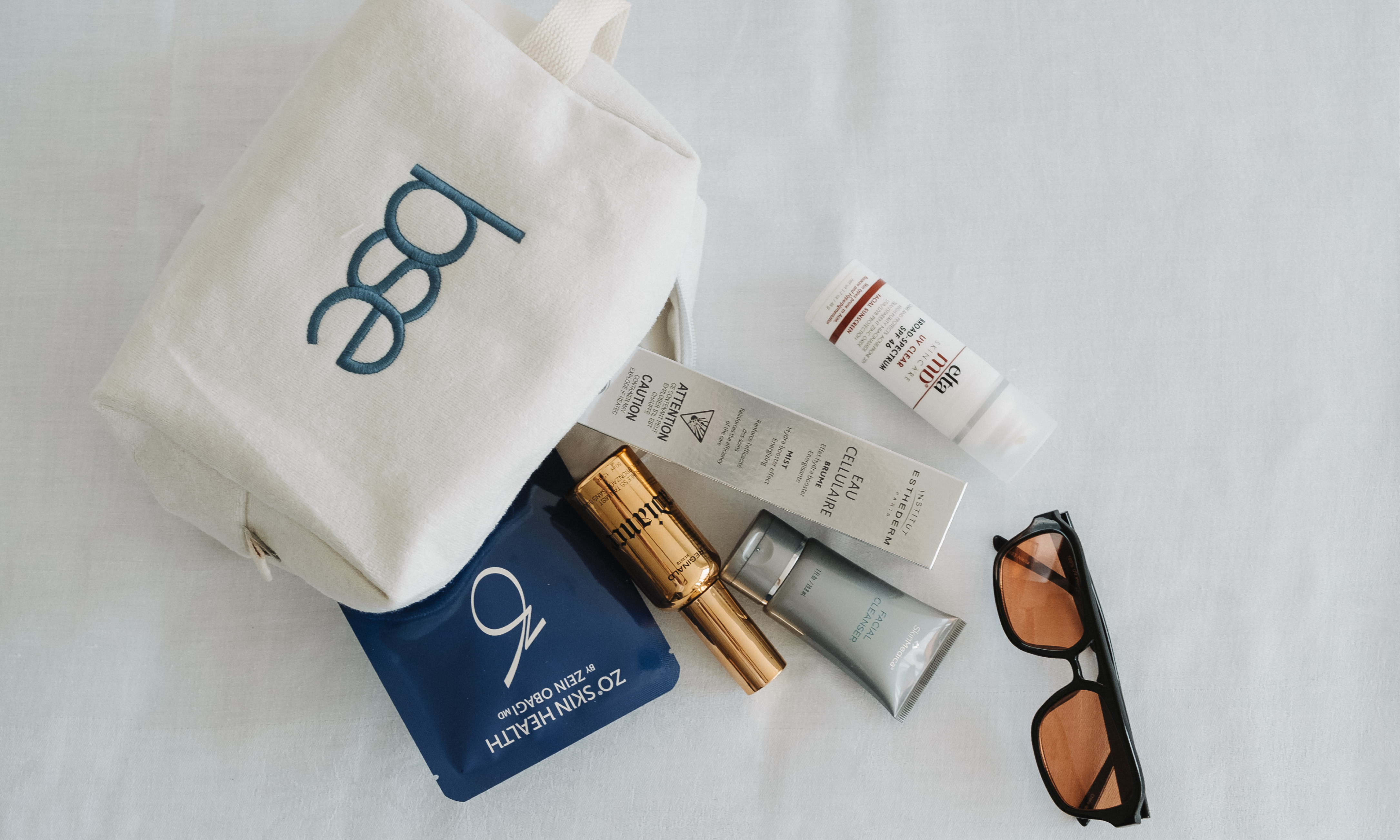



Leave a comment